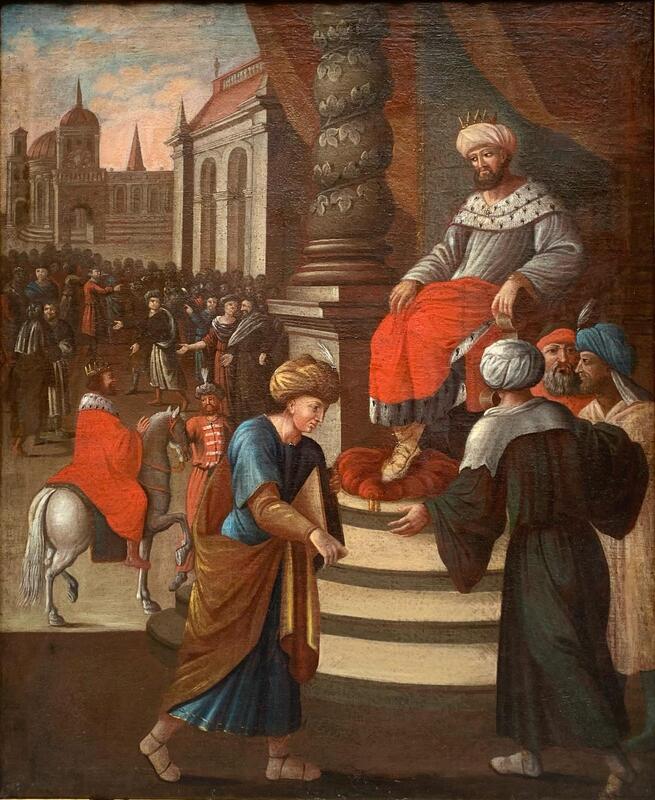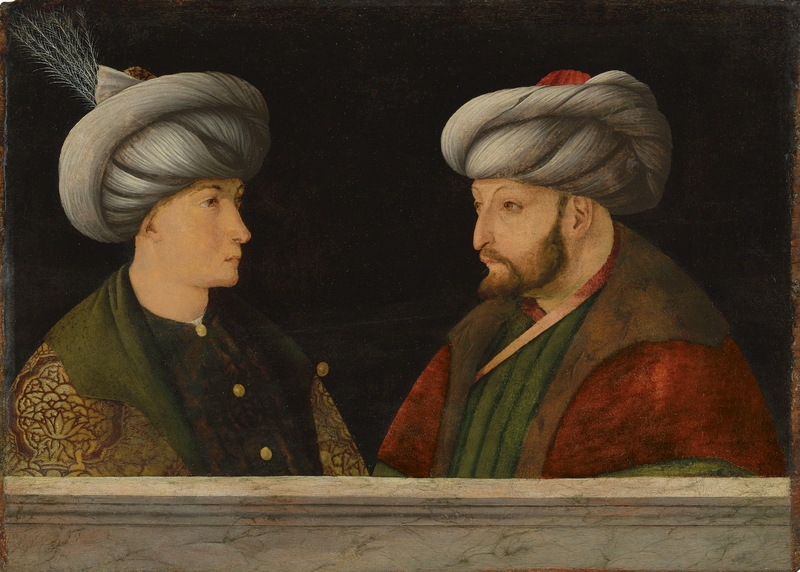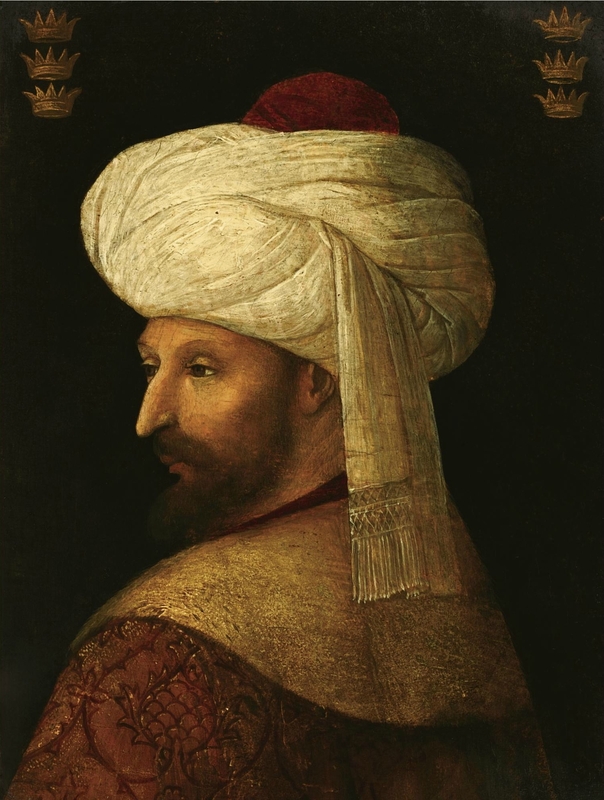Mehmed II, Suleiman the Magnificent and the رومی
The Ottoman Claim: Through Conquest and Annexation
Following the conquest of the former Byzantine territories, including the capture of Constantinople, Morea, Trebizond and Theodoro, Mehmed and his successors all the way down to Suleiman the Magnificent occasionally used the title of Qayṣar-i Rūm. Here on the left lies one of the few surviving physical inscriptions bearing this specific title is located at Tighina/Bender Fortress in former Moldavia, where Suleiman's title of Qayṣar-i Rūm is used. In the second document on the right, in George of Trebizond’s letter to Mehmed II, he addresses and fully states that whoever controls Constantinople is the rightful Emperor of the Romans
The significance of this title lies not only with the fact that the Ottoman Sultans from the reign of Mehmed II to Suleiman used them, but that in these primary sources shown, were both recognised and used by Byzantine and Italian individuals of repute. Whilst they should be considered within the context of their own personal relations and the waxing of the Ottoman Empire, regardless the acknowledgement and official physical designations of this title lend some credence to the Ottoman's claim as the successors of Rome.
.
Likewise as seen here, Mehmed II appointed George Scholarios as Ecumenical Patriarch of Constantinople, thereby continuing on the tradition that he had “inherited” as Basileus, appointing as past Emperors did of the Patriarchs, metaphorically framing the dynastic and cultural custom of this religious delegation.
Beyond all this, Mehmed strove to emulate the Graeco-Roman Empire that he had conquered, where in these depictions he has been painted in Renaissance style, instead of the traditional Ottoman Turkic style, demonstrating his efforts to fit himself as part of a greater European identity, both as a continuation of Byzantium, but also culturally donning the art of the period that was already looking back to its Graeco-Roman roots as well.[1]
[1] David Nicole. Constantinople 1453, The End of Byzantium. Osprey Publishing, 2002. Page 85
Gabor Agoston. The Last Muslim Conquest: The Ottoman Empire and Its Wars in Europe. Princeton University Press. 2021. Page 80
Rasmussen, Mikael, Bent Holm. Imagined Embodied and Actual Turks in Early Modern Europe. Hollitzer Verlag, 2021. Page 309
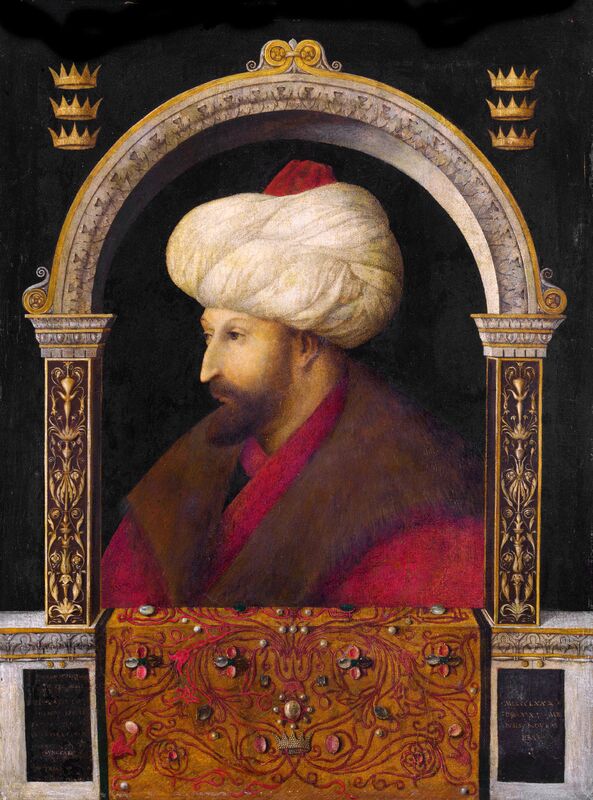
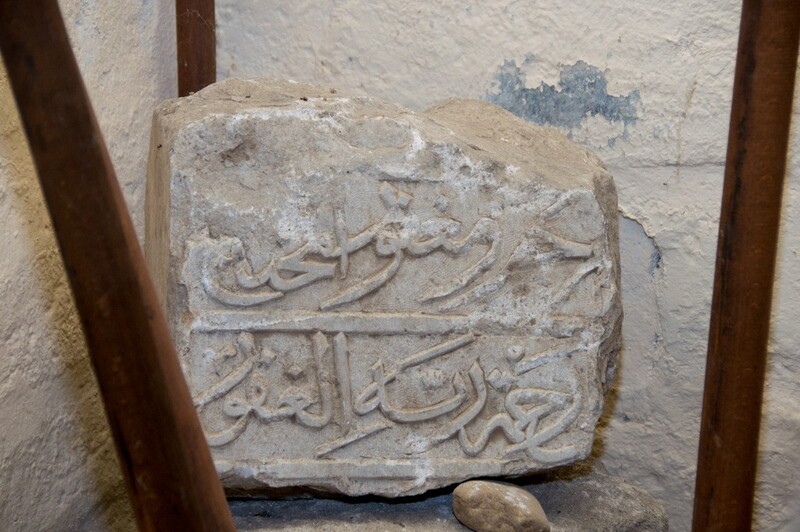
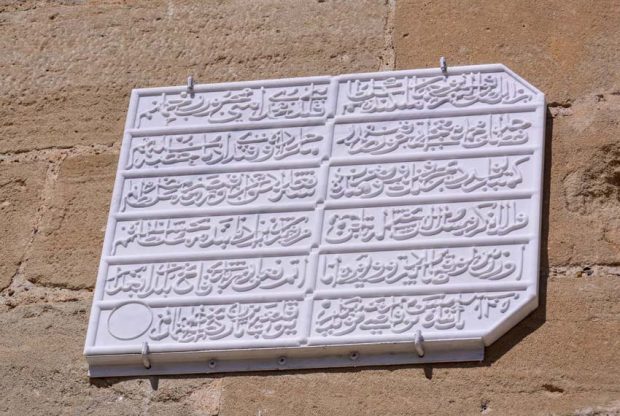
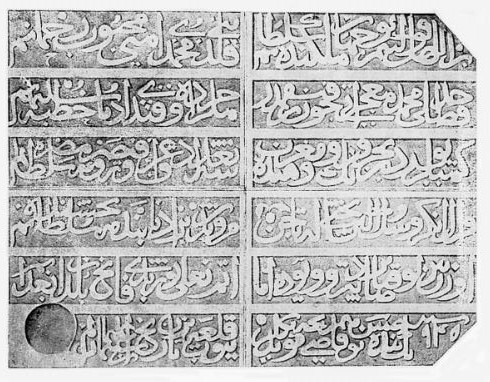
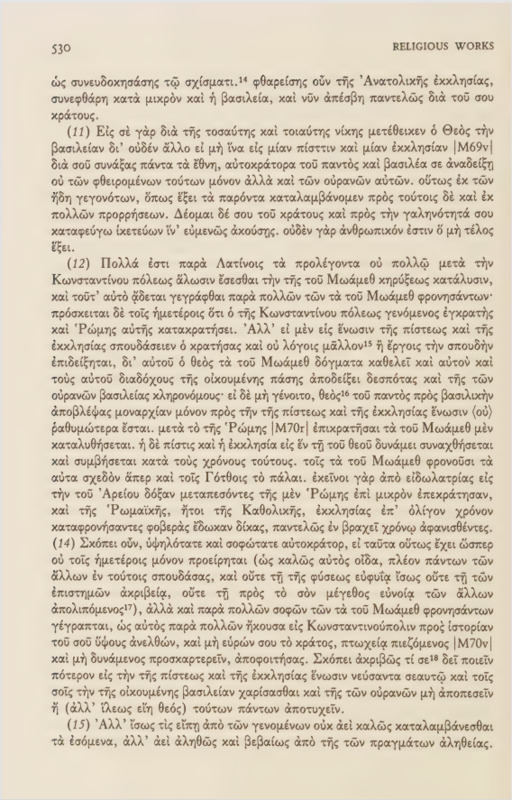
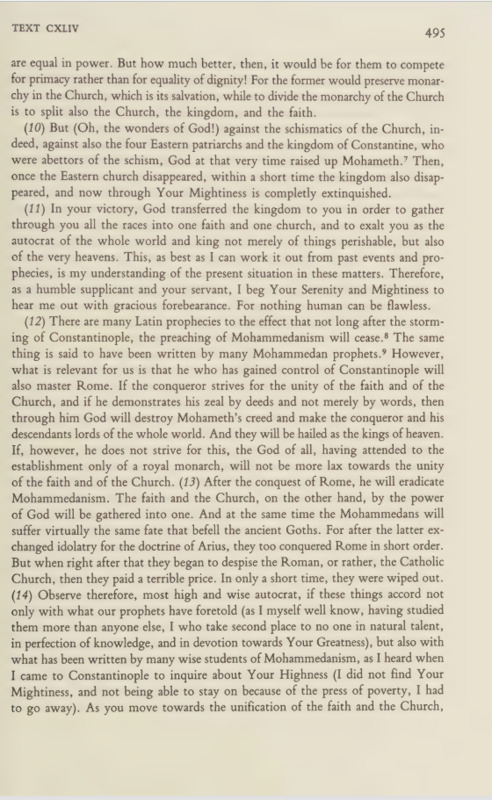
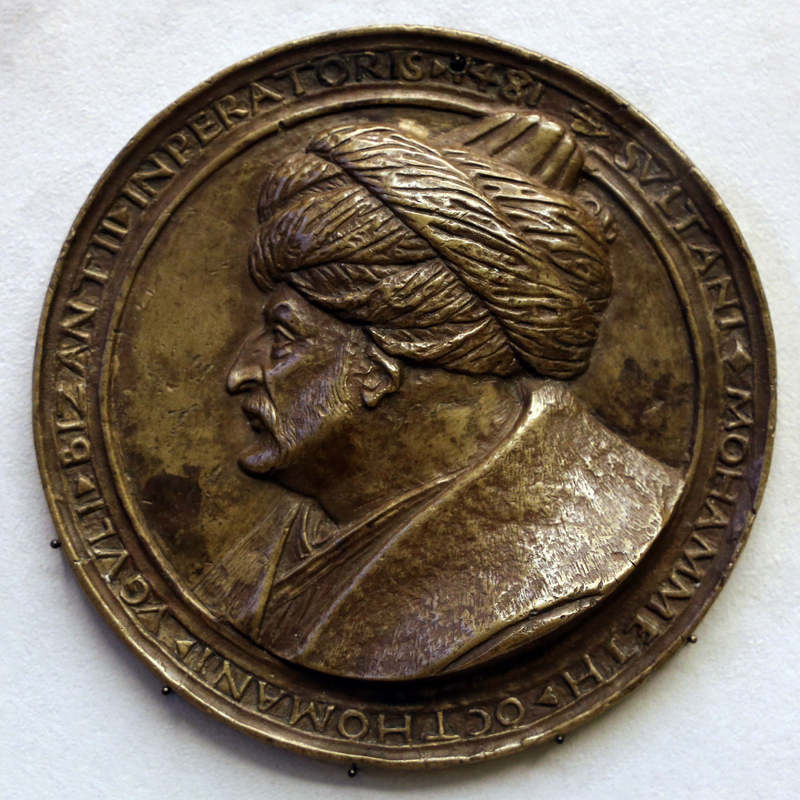
![By 20th century Greek iconographer (Sotiris Varvoglis 1944-2023) - [1], Public Domain, https://commons.wikimedia.org/w/index.php?curid=7828957](https://expo.mcmaster.ca/files/large/a7dfb21119f7f11e8ea353a52cb3f72d03ffac80.jpg)
